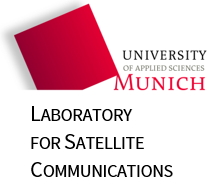Under the leadership of Prof. Dr. D. Fasold, the faculty of'Electrical Engineering and Information Technology' of the Munich University of Applied Sciences (MUAS) established in 1990 a laboratory for Satellite Communications with the main emphasis on antenna design and testing.
In 1995, the small indoor far-field test range which was part of the lab was replaced by a Compensated Compact Test Range manufactured by EADS Astrium, now Airbus Defence & Space, which is described in more detail below.
This antenna test range is based on the principle of a 'Compensated Compact Range' CCR which was first manufactured and tested by MBB in 1988 [1].
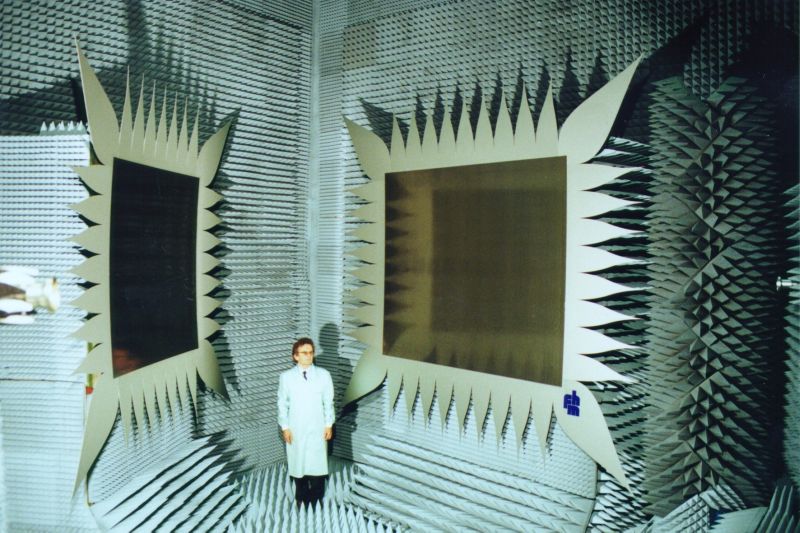
Figure 1: Compensated Compact Range Test Facility in the Laboratory for
Satellite Communications at the Munich University of Applied Sciences
From the two available models, the smaller Model CCR 20/17, as shown in Fig. 1, is installed in the laboratory. It provides a test zone of 1.3 x 1.3 x 1.5 m.
The CCR is based on the principle that a spherical wave coming from a source antenna is converted into a plane wave by means of two focusing, precision reflectors, arranged in optimized geometry in a closed anechoic chamber. Due to the concept of two compensated doubly curved reflectors, no test system introduced cross polarization occurs in the test zone for both linear and circular polarization. Improved amplitude and phase uniformity in the test zone is obtained
by the large equivalent focal length of 37 m of the two reflector system. The CCR is installed in a former lecture hall, now separated by an additional wall into an
- Anechoic chamber with the dimension of app. 7 x 6,3 x 5,8 m (L x W x H)
- Control and lab area
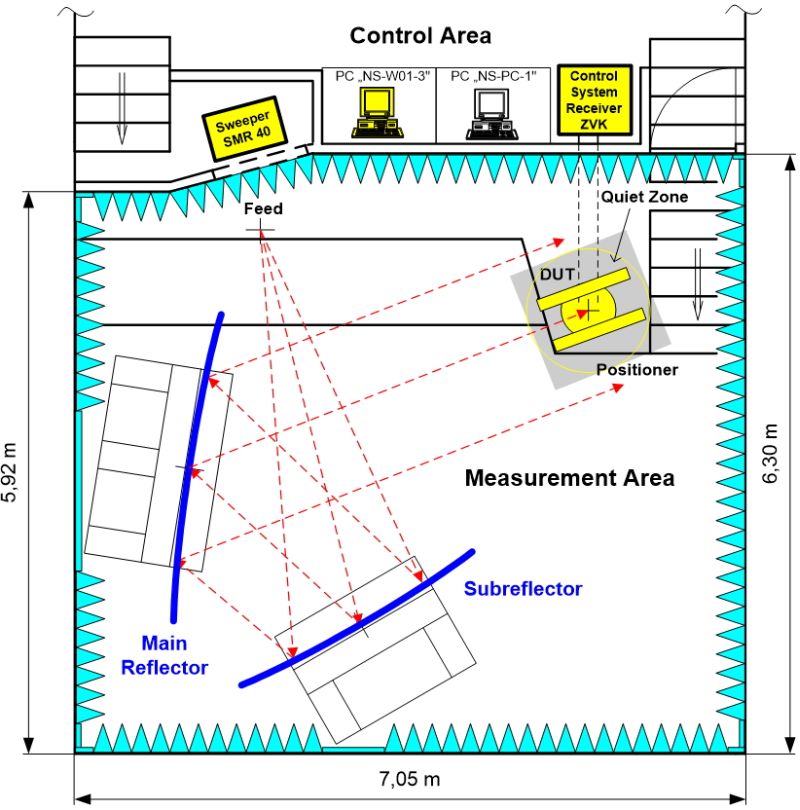
Figure 2: Top View of Compact Range Test Facility at the
Munich University of Applied Sciences
Fig. 2 shows the ground plane of the test facility. Due to the limitations of space, a very compact design was chosen, which resulted in a distance between the centre of the main reflector and the device under test (DUT) of app. 4.5 m. This figure is a little bit more than two times of the width of the main reflector. The reflector system is rotated by app. 23 degree, which significantly reduces the 'in phase' reflection of the plane wave at the back wall behind the DUT. This improves the measurement performance for bistatic and monostatic RCS measurements.
The complete test chamber is covered with pyramidal absorbers with a 10 to 30 cm height. The absorber layout is mainly determined by the operation frequency range of (2.0) 3.5 - 200 GHz and the main course of the rays. The absorbers at the partition wall are rotated by 45 % to reduce the reflection caused by the small incidence angles at that wall.
At the moment, high performance feeds for C-band (3.3–5.0 GHz / 5.4 - 8.2 GHz), X-band (8.2-12.4 GHz), M-band (10 - 15 GHz), Ku‑band (12 - 18.2 GHz), K‑band (18 - 26.5 GHz), Ka-band (26.5 - 40 GHz), V-Band (50 - 75 GHz) and W - Band (75 - 110 GHz) are available. The M-band feed has an integrated orthomode transducer for dual linear polarization measurements (H, V). By adding a 90 degree hybrid, also measurements with circular polarization can be carried out. The feed is mounted on a polarization positioner, which itself is mounted on a linear scanner. The linear scanner is computer controlled and allows the lateral movement of the feed. With this means, measurements with high angular accuracy of < 0.001 degree can be achieved without moving the DUT. The feed tower, constructed out of adjustable optical profile elements, is positioned in an opening in the partition wall and allows easy access to the connectors of the feed and the 40 GHz synthesizer, mounted behind the feed.
The Vector Network Analyzer ZVK from Rohde & Schwarz (ZVK 40) is used as receiver and covers the frequency range from 0.01 to 40 GHz. At the time antenna measurements can be performed up to 110 GHz by using of V- and W-band converters of R&S and additionally procured multipliers, mixers and amplifiers. The computer and control rack is connected to the feed tower via a cable conduit and to the positioner via a direct short cable duct to reduce losses for high frequency measurements.
The positioner itself allows a three axes movement (azimuth, polarization and one linear axis). Especially for standing wave analyses and the automatic determination of the phase centre of the DUT, the linear axis movement is applied. All drives are stepper motors and controlled by a microprocessor - control unit, which itself is connected to a PC via the IEEE 488-Bus. Figures 3 to 8 show four different test setups for specific antenna measurements in the CCR.
The movement of the DUT and positioner can be monitored in the control area by two HD video cameras. The control and measurement software is menu driven and allows free selection of all axes. Swept frequency measurements can be carried out. In the auto scan mode, data collection is automatically performed on a sphere around the DUT. Single scans (amplitude and phase), contour plots or 3D presentations can be selected. The control PC is connected to the LAN of the University and therefore data can be transferred via Internet or any other service provider to the customer.
The main specification and performance data of the facility are listed in Table 1.
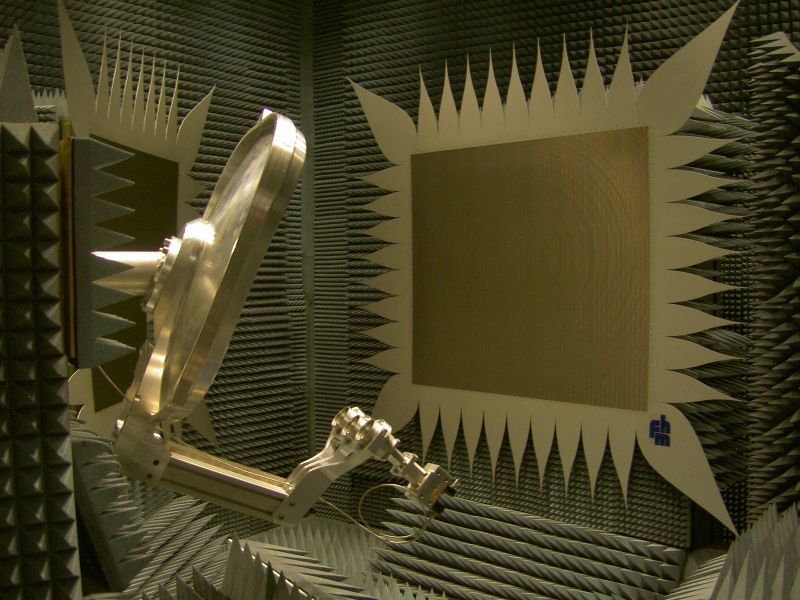
Figure 3: Measurement of Shaped Offset Reflector Antenna at 12 GHz Range
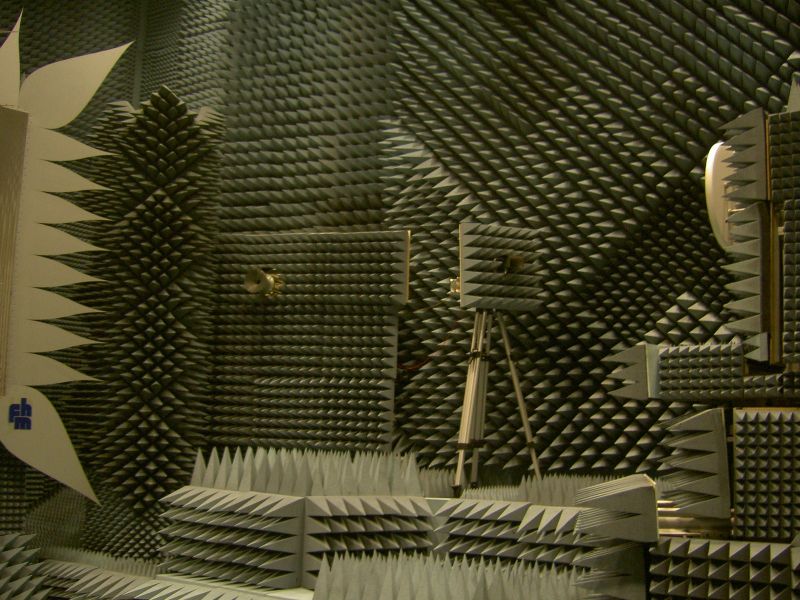
Figure 4: Test of Reflection Loss and Polarization Sensitivity of New Carbon Fibre Skins [19]
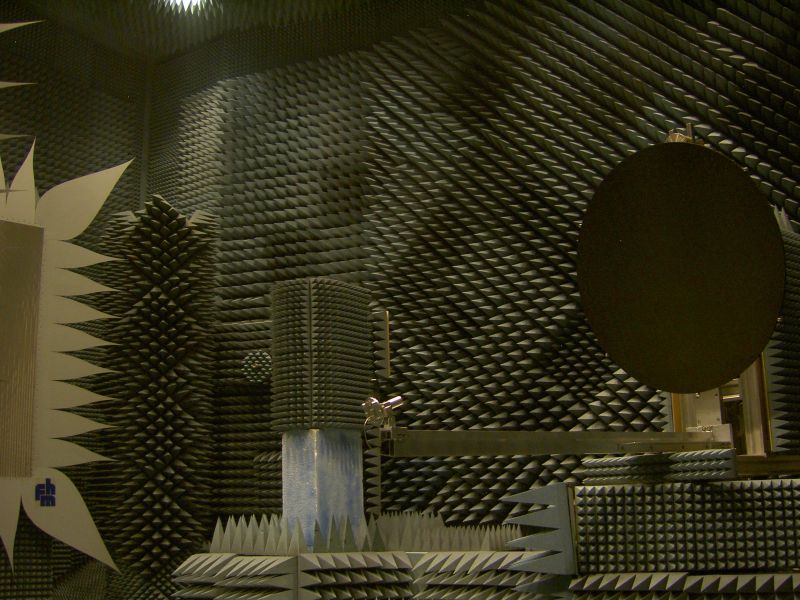
Figure 5: Measurement of 1.2m Offset Reflector Antenna at 40 GHz, ESA Project
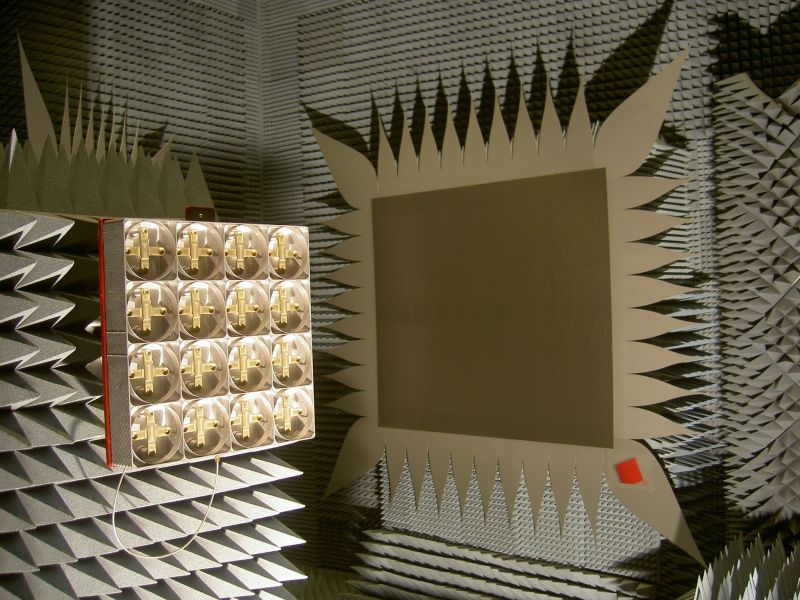
Figure 6: Measurement of Circularly Polarized S-Band Antenna LISA, BMBF Proj.
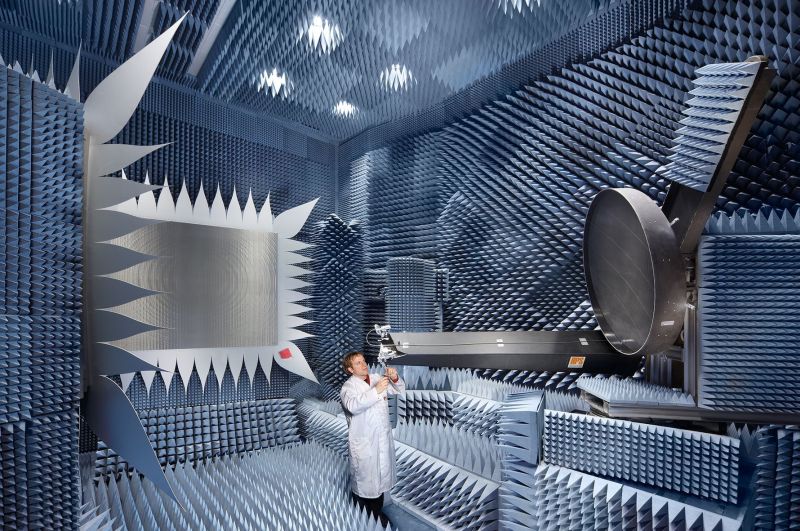
Figure 7: Test of DGR Offset Reflector Antenna at 20/30 GHz, ESA R&D Project
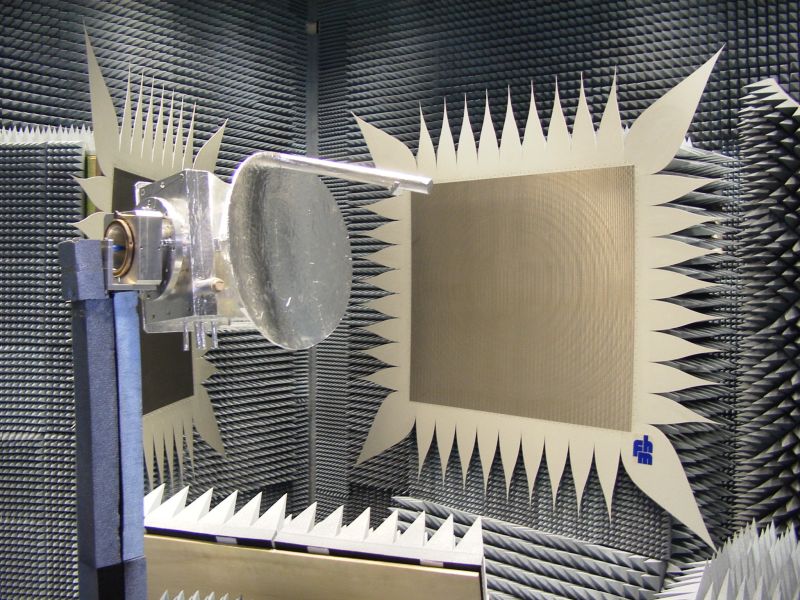
Figure 8: Measurement of Scaled Satellite Model at 14.5 GHz in CCR
For further improvement of the measurement accuracy of the compact range test facility, a versatile hardgating system has been developed in the laboratory for satellite communications. The hardgating system suppresses interfering signals while maintaining the real time test capability of the compact range test facility [7], [8], [15]. The system is normally used when high precision antenna radiation pattern measurements are carried out.
The plane wave quality of the quiet zone can be determined and analyzed in phase and amplitude with a laser controlled polar scanner, equipped with a linearly polarized probe. This high precision measurement tool has been developed in the laboratory in the frame of two diploma theses.
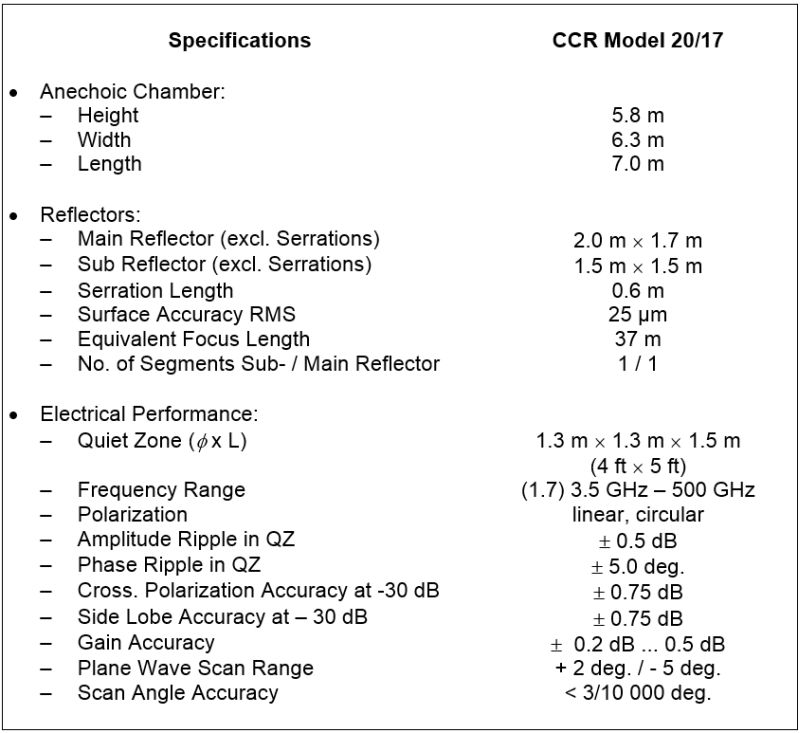
Table 1: Characteristic Data of Compensated Compact Range at HM
Related Publications:
[1] Fasold, D., Radig, G.: The New Antenna Test Centre at MBB, Ottobrunn, Proceedings of 11th ESTEC Antenna Workshop on Antenna Measurements, 20. to 22. June 1988, Gothenburg, Sweden, pp. 265 - 274
[2] Hartmann, J. , Fasold, D.: Analysis of a Small Compact Range Test Facility for Measurement of Mobile Communication Antennas at 1.8 GHz, Proceedings of ITG Discussion Session on "Antennas for Mobile Systems", 18. to 19. April 1996, Starnberg, Germany (in German)
[3] Hartmann, J., Fasold, D.: UTD-Analysis of Compact Range Reflectors, Proceedings of PIERS 1996, 8. - 12. July 1996, Innsbruck, Austria
[4] Hartmann, J. , Fasold, D. , Blaschke, D. : Comparison of UTD- and EFIE-Analyses for Simply Contoured Reflector Structures, National U.R.S.I. Symposium, 6. to 10. October 1997, Kleinheubach, Germany (in German)
[5] Hartmann, J., Fasold, D.: Application of a Hardgating System for Improvement of the Measurement Accuracy in Antenna Test Facilities, Proceedings of ITG-Symposium 'Antennen' from 21. to 24. April 1998, Munich, VDE / ITG-Fachbericht Nr. 149, VDE-Verlag Frankfurt / Main,
pp. 271 to 276 (in German)
[6] Hartmann, J. , Fasold, D. , Blaschke, D.: Comparison of UTD- and EFIE-Analyses with Respect to the Application of Electrically Large Reflectors, Proceedings of PIERS 98, 13. to 17 July 1998, Nantes, France
[7] Hartmann, J. , Fasold, D.: A Flexible Hardgating System as a Diagnostic Tool in Single and Double Reflector Compact Ranges, Proceedings of AMTA 98, 25. to 29. October 1998, Montreal, Canada
[8] Hartmann, J. , Fasold, D.: Identification and Suppression of Measurement Errors in Compact Ranges by Application of an Improved Hardgating System, Proceedings of 22nd ESTEC Antenna Workshop of Antenna Measurements, 11. to 12. May 1999, Noordwijk, The Netherlands
[9] Hartmann, J. , Fasold, D.: Analysis and Performance Verification of Advanced Compact Ranges, Proceedings of 29th European Microwave Conference, 04. to 08. October 1999, Munich
[10] Hartmann, J. , Fasold, D.: Improvement of Compact Ranges by Design of Optimized Serrations, AP 2000 Millennium Conference on Antennas and Propagation, 09. to 14. April 2000, Davos, Switzerland
[11] Hartmann, J. , Fasold, D.: Advanced Serration Design of Compact Ranges with UTD, Proceedings of AMTA 2000 Symposium, 15. to 20. October 2000, Philadelphia, USA
[12] Hartmann, J., Habersack, J., Steiner, H.-J., Fasold, D., Kis, R.: Development of Highly Accurate Measurement Techniques for State-of-the-Art Antenna Test Facilities, Proceedings of AMTA 2002 Symposium, 03. to 08. November 2002, Cleveland, USA, pp. 335-340
[13] Hubner, M., Fasold, D.: Extension of Compact Range Test Facilities for Antenna Measurements at Low Frequencies, Intern. Conf. on Antennas, INICA 2003, VDE/ITG, Fachbericht 178, 17.-19. Sept. 2003, Berlin, pp. 347-350
[14] Walch, K., Fasold, D.: Design and Construction of a High Performance GSM Test Antenna', Intern. Conf. on Antennas, INICA 2003, VDE/ITG Fachbericht 178, 17. to 19. Sept. 2003, Berlin, pp. 73-76
[15] Hartmann, J., Fasold, D.: RCS Measurements with a High Resolution Hardgating System, Proceedings of AMTA 2004, 17.-22. October 2004, Stone Mountain Park, Georgia, USA
[16] Lemanczyk, J., Hartmann, J., Fasold, D.:.Evaluation of Hard Gating in the ESA/ESTEC CPTR, Proceedings of AMTA 2004, 17.-22. October 2004, Stone Mountain Park, Georgia, USA
[17] Hartmann, J., Habersack, J., Migl, J., Wolf, H., Fasold, D.:Development of Highly Accurate Measurement and Diagnostic Techniques for Satellite Antenna Testing, Proceedings of ICAT 2005, 23.-24. February 2005, Ahmedabad, India
[18] Fasold, D., Hartmann, J., Rittsteiger, Ph.: Application of Double Reflector Compact Ranges for Time Domain RCS-Measurements, Proceedings of GeMIC 2005, 5. – 7. April 2005, University of Ulm, Germany, 4 pages
[19] Datashvili, L., Nathrath, N., Fasold, D. et.al: New Concepts of Reflecting Materials for Space Borne Large Deployable Reflector Antennas, Proceedings of 28th ESA Antenna Workshop, 31.May – 3. June 2005 ESTEC Noordwijk, Netherlands, 8 pages
[20] Fasold, D.: Measurement Performance of Basic Compact Range Concepts, Proceedings of AMTA Europe 2006 Symp., 1.-4. May 2006, Munich, p.12
[21] Zähringer, M., Fasold, D.: GATE: An Antenna and System Test Bed for Future GALILEO Applications, Proceedings of AMTA Europe 2006 Symposium, 1.-4. May 2006, Munich, pp. 39-44
[22] Fasold, D., Schmolke, J., Zähringer, M., Evers, Chr.: High Precision Phase Measurements in a Compact Test Range, Proceedings of AMTA Europe 2006 Symposium, 1.-4. May 2006, Munich, pp. 161-166
[23] Ernst, T., Linke, S., Lori, M., Fasold, D. et al.: Highly Stable Q/V Band Reflector Demonstrator Manufacturing and Testing, Proceedings of 29th ESA Antenna Workshop, 18. – 20. April 2007, ESTEC Noordwijk, Netherlands, 4 pages
[24] Lundin, R., Nathrath, N., Fasold ,D., Trümper, M., Letschnik, J., Walter, U.: Performance Evaluation of a Lightweight Inter-Satellite Antenna (LISA) Breadboard Model, Intern. Conf. on Antennas, INICA 2007, VDE/ITG Conference Proceedings, 28.-30. March 2007, Munich, 5 pages
[25] Lundin, R., Nathrath, N., Fasold ,D., Trümper, M., Letschnik, J., Walter, U.: ACompact and Lightweight Inter-Satellite Antenna for S-Band, Proceedings of 2nd EuCAP 2007 Symposium, 11.-16. November 2007, Edinburgh, UK, Paper No.: Fr2.6.7, 6 pages
[26] Rapp, S., Lang M., Letschnik, J., Nathrath N., Trümper, M., Fasold, D., Walter, Baier, H., Krämer, L.:CFK Struktur einer leichten Inter-Satelliten-Antenne (LISA), Proceedings of DGLR Kongress 2008, 23.-25. September 2008, Darmstadt, Germany, 10 pages (in German)
[27] Fasold, D., Gülten, E.: Comparative Gain Measurements of a High Gain CFRP Reflector Antenna at Ka-Band, Proceedings of 3rd EuCAP 2009 Symposium, 23.-27. March 2009, Berlin, Germany, Paper No.: 1569154096.pdf, 5 pages
[28] Kühn, E., Fasold, D., Klefenz, F.: Design, Optimization and Test of High-Performance Circular Corrugated Feed Horns for Full V-Band (50 to 75 GHz) Coverage, Proceedings of 3rd EuCAP 2009 Symposium, 23.-27. March 2009, Berlin, Germany, Paper No.: 1569154036.pdf, 5 pages
